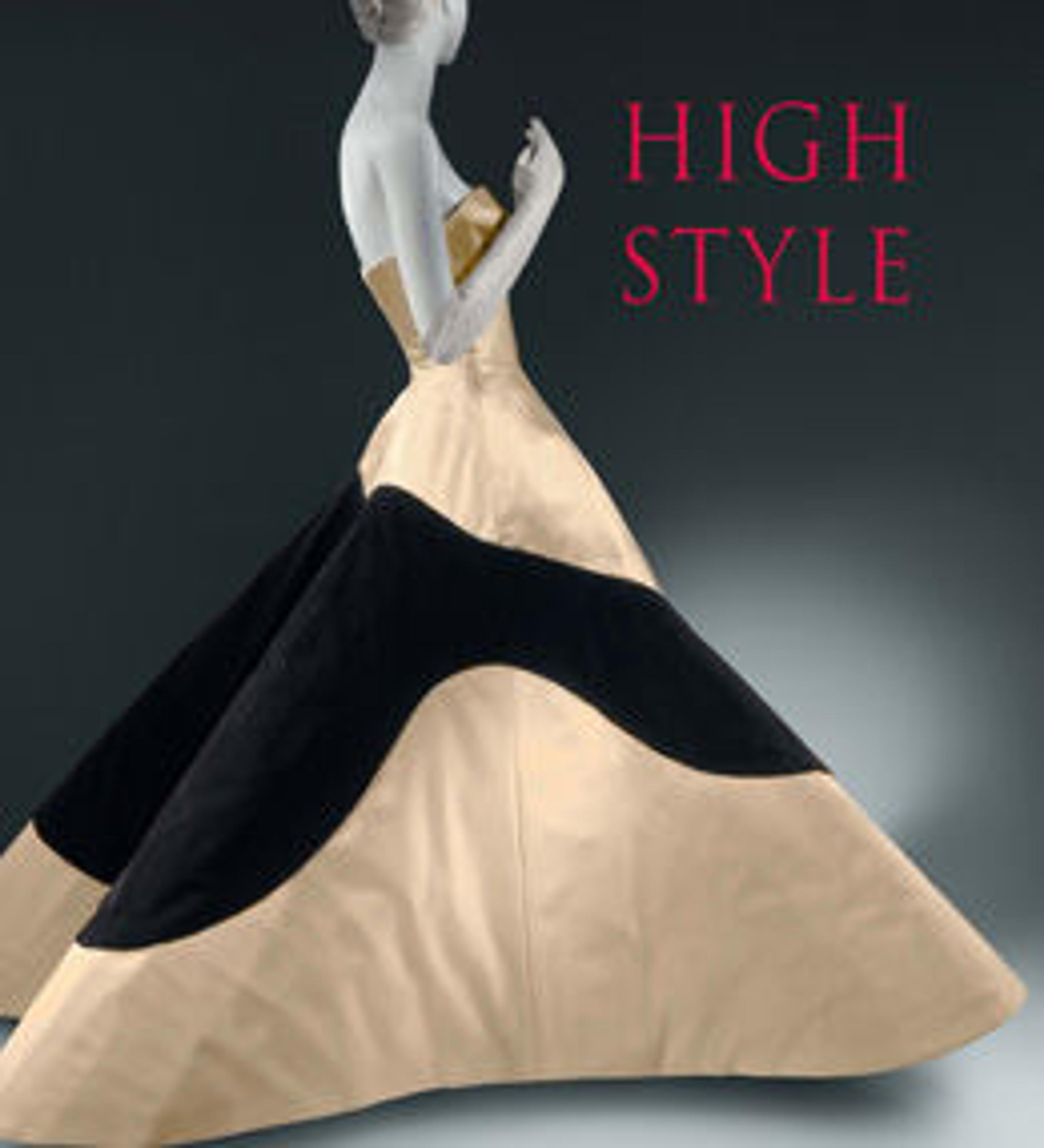Shawl
When the punch-card system of the Jacquard loom was perfected in the early 19th century, one of the primary jobs to which it was applied was the weaving of "paisley" or "cashmere" shawls, some of which were made for exhibition. Such exhibition shawls frequently had little to do with common examples which carried the "cone" or "boteh" motif; rather they depicted naturalistic botanical subjects or exotic motifs populated with animal and human forms.
The composition and complexity of this shawl point to its having been conceived as an exhibition piece, possibly the harlequin banded border would indicate-the 1855 Universal Exhibition in Paris. In weaving this chinoiserie fantasy, a three-by-one twill, approximately sixty wefts per centimeter was used. The Jacquard loom would have been fitted with about 200,000 punch cards to direct the wave of the pattern, which is unique over two-thirds of the shawl. The central subject is a leak over which hang varieties of exotic vegetation; it is populated by a diverse collection of equally fanciful beasts, fishes, and birds, some of which are drawn from Chinese mythology. Miniature people can be observed plucking fruit from trees, enjoying tea, hunting or going about other daily activities. At either end of the shawl is a splendidly outfitted pleasure barge. All the motifs are set among intermingling architectural elements of both Chinese and Persian influence.
The composition and complexity of this shawl point to its having been conceived as an exhibition piece, possibly the harlequin banded border would indicate-the 1855 Universal Exhibition in Paris. In weaving this chinoiserie fantasy, a three-by-one twill, approximately sixty wefts per centimeter was used. The Jacquard loom would have been fitted with about 200,000 punch cards to direct the wave of the pattern, which is unique over two-thirds of the shawl. The central subject is a leak over which hang varieties of exotic vegetation; it is populated by a diverse collection of equally fanciful beasts, fishes, and birds, some of which are drawn from Chinese mythology. Miniature people can be observed plucking fruit from trees, enjoying tea, hunting or going about other daily activities. At either end of the shawl is a splendidly outfitted pleasure barge. All the motifs are set among intermingling architectural elements of both Chinese and Persian influence.
Artwork Details
- Title:Shawl
- Designer:Attributed to Anthony Berrus
- Designer:Attributed to Amédée Courder
- Date:ca. 1855
- Culture:French
- Medium:wool, silk
- Credit Line:Brooklyn Museum Costume Collection at The Metropolitan Museum of Art, Gift of the Brooklyn Museum, 2009; Gift of The Roebling Society, 1985
- Object Number:2009.300.2212
- Curatorial Department: The Costume Institute
More Artwork
Research Resources
The Met provides unparalleled resources for research and welcomes an international community of students and scholars. The Met's Open Access API is where creators and researchers can connect to the The Met collection. Open Access data and public domain images are available for unrestricted commercial and noncommercial use without permission or fee.
To request images under copyright and other restrictions, please use this Image Request form.
Feedback
We continue to research and examine historical and cultural context for objects in The Met collection. If you have comments or questions about this object record, please contact us using the form below. The Museum looks forward to receiving your comments.
